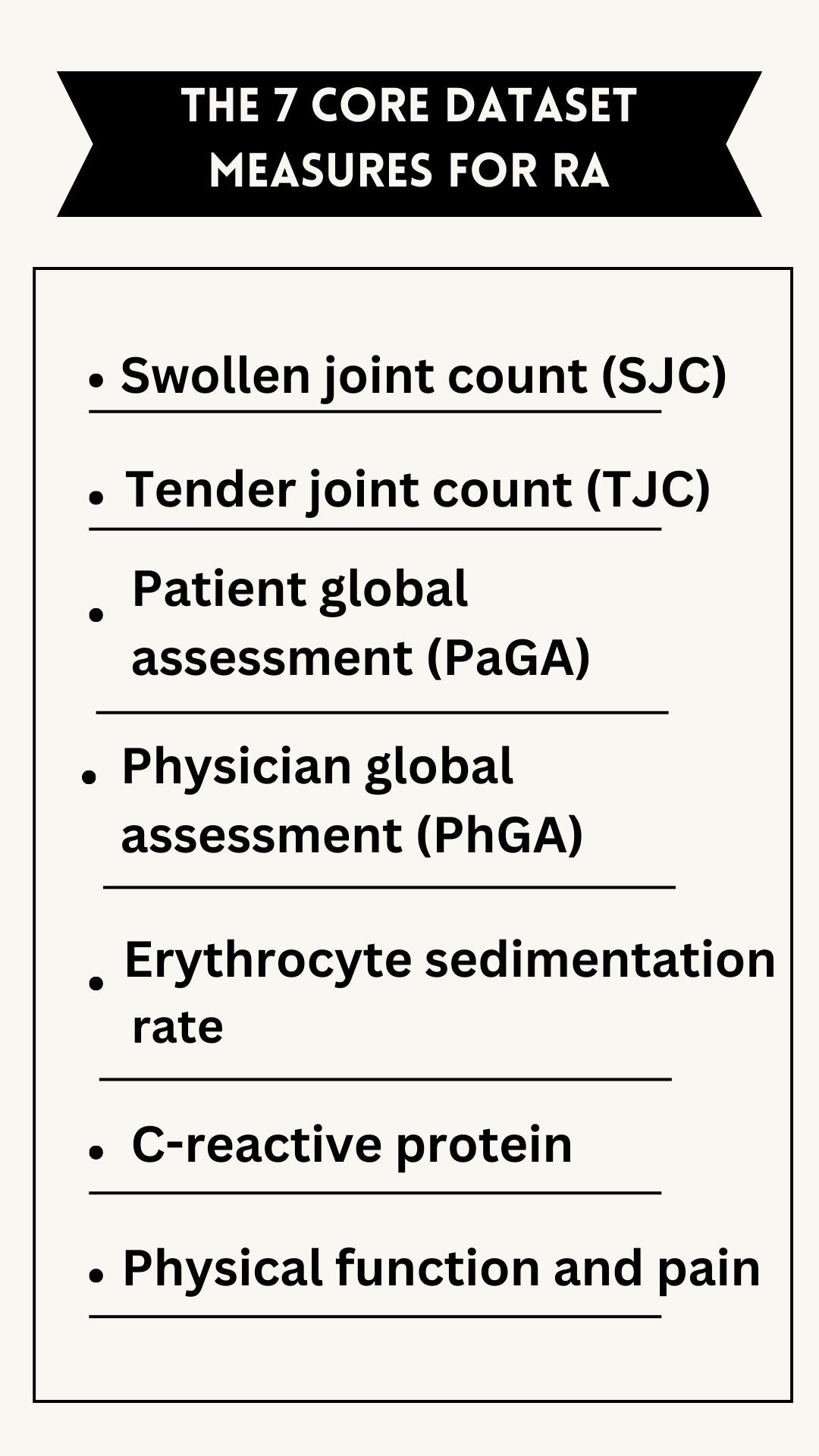Article
High Disease Activity in RA Linked to Fibromyalgia, Depression
Author(s):
Patients with rheumatoid arthritis and high disease activity were more likely to be diagnosed with depression and fibromyalgia when compared with those in remission.
Among patients with rheumatoid arthritis (RA) classified as having high disease activity using the disease activity score 28-erythrocyte sedimentation rate (DAS28-ESR) or clinical disease activity index (CDAI), 67% and 80% screened positive for concomitant fibromyalgia, respectively, according to data presented at the European Congress of Rheumatology (EULAR) 2023.1 These patients also screened positive for depression at rates of 55% and 70%, respectively. Investigators believe these findings may affect treat-to-target and other factors regarding the management of RA.
Theodore P Pincus, MD
Credit: RUSH.edu

Fibromyalgia and depression have recently been evaluated in a Spanish retrospective cohort analysis, which reported fibromyalgia diagnosis was linked to a two-fold increased likelihood of developing depression and anxiety.2 Although the prevalence of depression was estimated to be between 12% to 36% of patients with fibromyalgia, previous analyses have also suggested pain associated with the condition, an indication of higher disease activity, could worsen that rate.

“It has been reported that comorbid fibromyalgia and depression may elevate DAS28 and CDAI values, but systematic comparison of the proportions of patients in different activity categories who screen positive for these comorbidities has not been reported,” wrote lead investigator Theodore P Pincus, MD, RUSH University Medical Center, Medicine, Division of Rheumatology, Chicago, and colleagues.
As no single measure can be used to assess all patients with RA, indices are based on a care data set of 7 measures, including DAS28 and CDAI. Additionally, fibromyalgia and depression screenings are often determined using the multiple dimensional health assessment questionnaire (MDHAQ).
The cross-sectional study collected the 7 core data set measures from patients with RA at a routine care visit to an academic site. All patients completed the MDHAQ, which included questions regarding fatigue visual numeric scales (VNS), physical function, pain, self-reported Rheumatoid Arthritis Disease Activity Index (RADAI) painful joint count, and a 60-symptom checklist regarding depression and medical history.
The MDHAQ-Fibromyalgia Assessment Screening Tools indices of 4 score (FAST4) screen was considered positive if 3 of 4 categories met the following inclusion criteria: VNS ≥6/10 for pain, VNS ≥6/10 for fatigue, self-reported painful joint count ≥16/54, and/or symptom checklist ≥16/60. The MDHAQ Depression Screen (MDS2) was considered positive if the 0 – 3.3 depression response was ≥2.2 or patients exhibited a positive depression evaluation on the symptom checklist.
Disease activity using DAS28-ESR was categorized as high (>5.1/28), moderate (3.2 – 5.1), low (2.6 – 3.2), and remission (≤2.6). Similarly, CDAI was also classified as high (>22/76), moderate (10.1 – 22), low (2.9 – 10), and remission (2.8). Chi-square analyses evaluated median swollen joint count (SJC), tender joint count (TJC), and the proportions of FAST4 and MDS2 patients in each category.
Of the 122 patients enrolled in the study, 44% were in remission, 34% had moderate disease activity, 15% had low disease activity, and 7% reported high disease activity, according to DAS28-ESR. Using CDAI measures, 39% had moderate disease activity, 31% had low disease activity, 16% had high disease activity, and 13% of patients were in remission.
The median SJC for those in remission, low, moderate, and high disease activity was 0, 0, 2, and 4, respectively, in the DAS28-ESR category, and 0, 0, 0, and 4, respectively, in the CDAI category. The median TJC was 0, 2, 5, and 5, respectively, using DAS28-ESR and 0, 1, 3, and 14, respectively, using CDAI measurements.
According to the DAS28-ESR, a positive FAST4 screen was reported in 67% of patients with high disease activity and only 13% of patients in remission. Comparably, CDAI classification showed 80% of those with high disease activity screened positively for fibromyalgia compared with 0% of those in remission. Depression was observed in 56% of those with high disease activity compared with only 20% of patients in remission using DAS28-ESR categories, and 70% vs 6%, respectively, in the CDAI categories.
References
- T Pincus, R Hunter, N Rodwell. Patients With Rheumatoid Arthritis Classified as “High Activity” According to DAS28 or CDAI Include 55% and 70% Who Screen Positive for Depression and 67% and 80% Who Screen Positive for Fibromyalgia, Respectively. Paper presented at: European Congress of Rheumatology (EULAR) 2023. Milan, Italy. May 31 – June 3, 2023.
- Kunzmann, K. (2023, March 7). Fibromyalgia linked to increased depression among women. HCP Live. https://www.hcplive.com/view/fibromyalgia-linked-increased-depression-women





